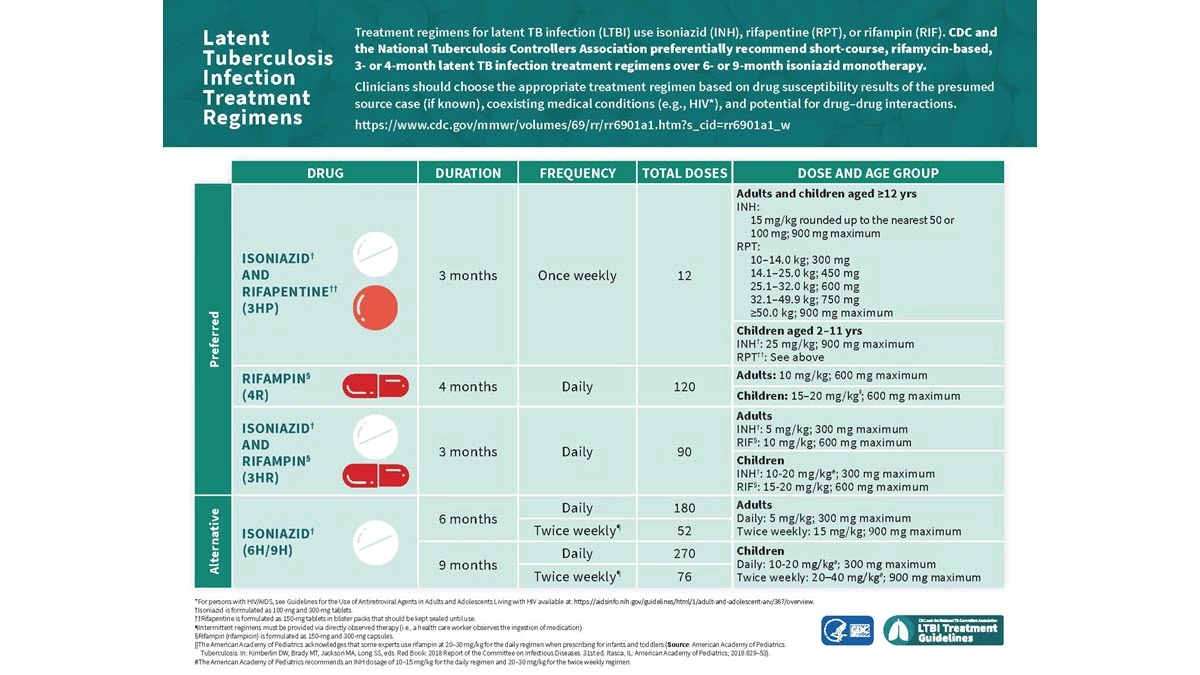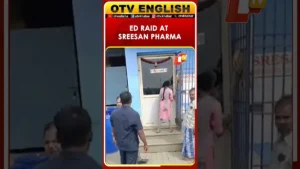WHO Updates TB Treatment Guidelines: Mangaluru Doctors Lead the Way
The world of medicine is constantly evolving, with new research, technologies, and understandings emerging all the time. But, sometimes, the most significant advancements aren’t about inventing something brand new. Instead, they’re about refining what we already know to make it more effective, accessible, and equitable. That’s precisely what the latest updates to the WHO’s TB treatment guidelines represent. And, what’s even more fascinating is that doctors in Mangaluru are at the forefront of implementing these changes.
But what are these updates, and why should we care? Let’s dive in, shall we? I initially thought this was just another incremental change, but digging deeper, I realised it’s a potential game-changer, especially for India.
Why These Updated TB Treatment Guidelines Matter—Especially for India

Tuberculosis (TB) , as you probably know, remains a significant public health challenge in India. It’s not just a disease; it’s a social and economic burden. India accounts for a substantial portion of the global TB burden. So, any change in how we approach TB treatment here has massive implications.
The updated guidelines aren’t just about tweaking dosages or adding new drugs (though those are part of it). They’re about a fundamental shift in how we think about TB treatment , focusing on patient-centered care, shorter treatment durations, and the use of newer, more effective drugs. According to the World Health Organization (WHO), the changes aim to improve treatment outcomes, reduce drug resistance, and ultimately, eliminate TB as a public health threat.
Mangaluru , a coastal city in Karnataka, has emerged as a hub for implementing these updated guidelines. What’s fascinating is that local doctors aren’t just passively adopting the changes; they’re actively involved in research, training, and advocacy to ensure that the new guidelines are implemented effectively. This leadership from the ground up is crucial because TB treatment isn’t just about medicine; it’s about understanding the local context, addressing social determinants of health, and building trust with communities.
Key Changes in the TB Treatment Guidelines: A Simplified Breakdown
Here’s the thing: medical guidelines can be complex and filled with jargon. So, let’s break down the key changes in a way that makes sense for everyone:
- Shorter Treatment Regimens: The updated guidelines recommend shorter treatment durations for certain types of TB. What used to take 6-9 months might now be achievable in 4-6 months with the use of newer drugs.
- All-Oral Regimens: Injectables are often a barrier to treatment adherence. The new guidelines emphasize all-oral regimens, making treatment more convenient and patient-friendly.
- Newer Drugs: Drugs like bedaquiline and delamanid are now recommended for drug-resistant TB, offering hope for patients who previously had limited treatment options. This is a big win.
- Focus on Prevention: The guidelines also highlight the importance of TB prevention, including preventive treatment for people at high risk of developing the disease.
But, remember, these are guidelines. Doctors must tailor treatment plans to each patient’s specific needs and circumstances. It’s not a one-size-fits-all approach. The WHO is betting big with these guidelines and their emphasis on patient-centered approaches.
How Mangaluru Doctors Are Leading the Charge
What’s truly inspiring is the proactive role that doctors in Mangaluru are taking. They’re not just reading the guidelines and implementing them; they’re actively contributing to the evidence base and advocating for better TB care .
Several factors contribute to Mangaluru’s success. First, the city has a strong network of healthcare professionals and institutions committed to TB control . Second, there’s a culture of innovation and research, with doctors actively involved in clinical trials and studies. Third, there’s a strong focus on community engagement, with healthcare workers working closely with communities to raise awareness, address stigma, and ensure that patients receive the care they need.
A common mistake I see with implementing changes like this is not factoring in patient input. The healthcare community in Mangaluru seems to have factored this in.
According to recent reports, Mangaluru has been successful in adopting strategies for TB prevention and management, which have significantly improved the management of the disease. This has led to better results and has also helped in controlling the spread of the disease. Moreover, these local efforts are aligned with the national strategic plans for TB elimination and have had a positive effect on the overall health of the population.
Challenges and the Road Ahead
Let’s be honest: implementing these updated guidelines isn’t going to be easy. There are challenges to overcome.
One major challenge is ensuring access to newer drugs, which can be expensive and not readily available in all parts of India. Another challenge is building the capacity of healthcare workers to implement the new guidelines effectively. This requires training, mentorship, and ongoing support. And, of course, there’s the challenge of addressing social determinants of health, such as poverty, malnutrition, and lack of access to clean water and sanitation, which contribute to the spread of TB .
But, with the leadership of doctors in Mangaluru and the commitment of the government and other stakeholders, I’m optimistic that India can make significant progress in TB control . It’s going to take a concerted effort, but the potential impact on public health is enormous.
And honestly , the fight against TB is not just a medical battle; it’s a social, economic, and moral imperative.
Conclusion | A Beacon of Hope
The updated WHO TB treatment guidelines represent a significant step forward in the fight against TB . And the fact that doctors in Mangaluru are leading the way is a testament to their dedication, expertise, and commitment to improving the lives of their patients.
What fascinates me is the potential for other cities and regions in India to learn from Mangaluru’s example. By adopting a patient-centered approach, investing in research and innovation, and engaging with communities, we can accelerate progress toward TB elimination and create a healthier future for all. This includes focusing on early diagnosis and latent TB infection treatment to prevent the disease from developing.
FAQ Section
What are the main changes in the updated TB treatment guidelines?
The updates focus on shorter treatment durations, all-oral regimens, newer drugs, and a greater emphasis on TB prevention .
How are doctors in Mangaluru contributing to this effort?
They are actively involved in research, training, and advocacy to ensure that the new guidelines are implemented effectively.
What are the challenges in implementing these guidelines in India?
Challenges include ensuring access to newer drugs, building the capacity of healthcare workers, and addressing social determinants of health.
Where can I find more information about the updated guidelines?
You can find detailed information on the WHO website , and resources available through the Ministry of Health and Family Welfare, Government of India.
What is the significance of the shorter treatment regimens?
Shorter regimens improve patient compliance, reduce the risk of drug resistance, and lower overall treatment costs.
How does the focus on TB prevention help?
Preventive treatment for high-risk individuals, such as contacts of TB patients, can significantly reduce the incidence of the disease.













